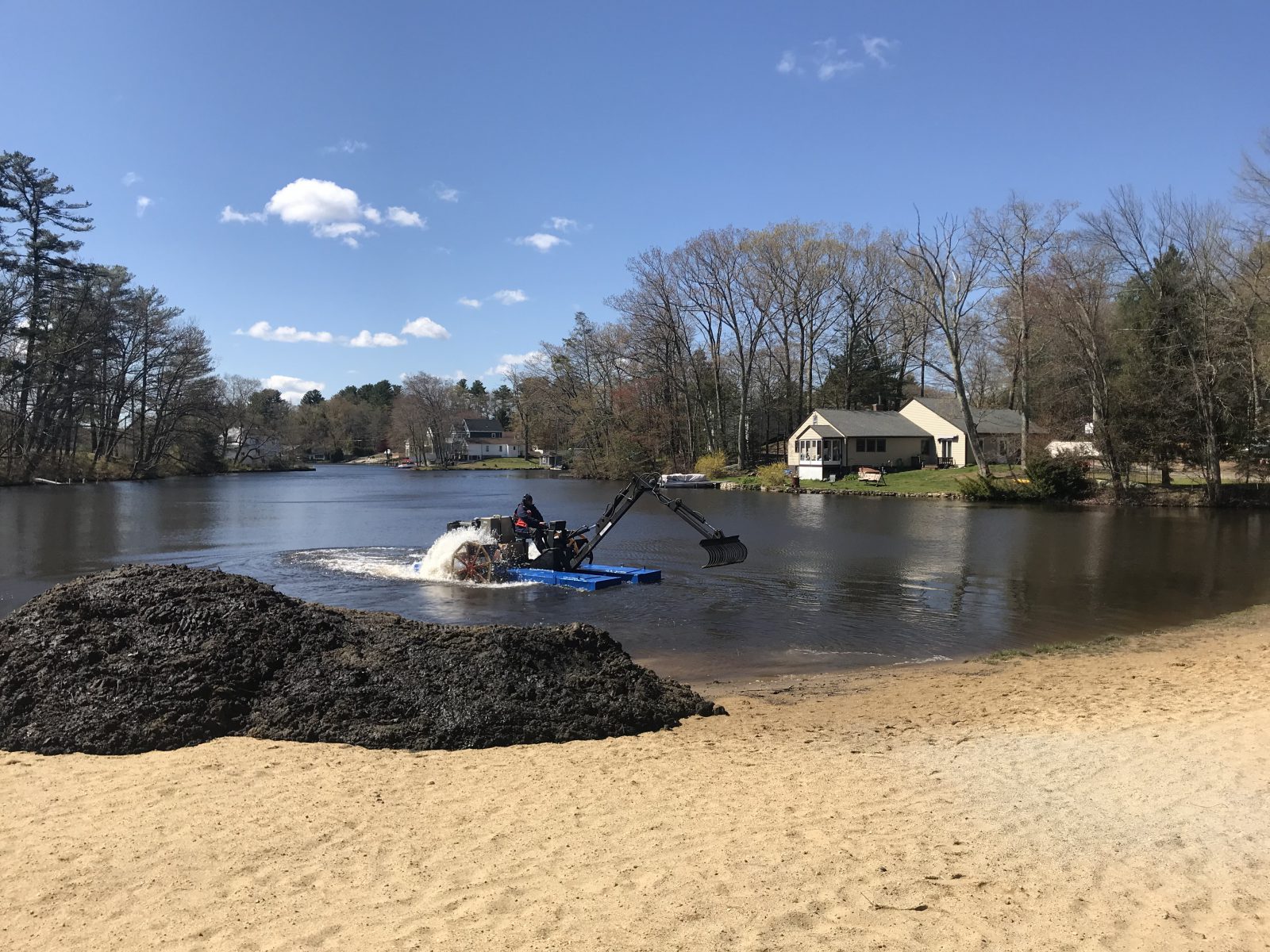
Dredging Alternative: Hydro-raking to Increase Stormwater Pond Depth
As communities continue to develop and enhance their infrastructure, stormwater management has become a crucial element in neighborhood planning. Oftentimes, community developers incorporate stormwater retention ponds into their plans to help control runoff during rain events. Retention and stormwater ponds look similar to natural ponds, except that their major function is to reduce the risk of flooding as well as filter trash and pollutants.
Hydro-raking Before & After
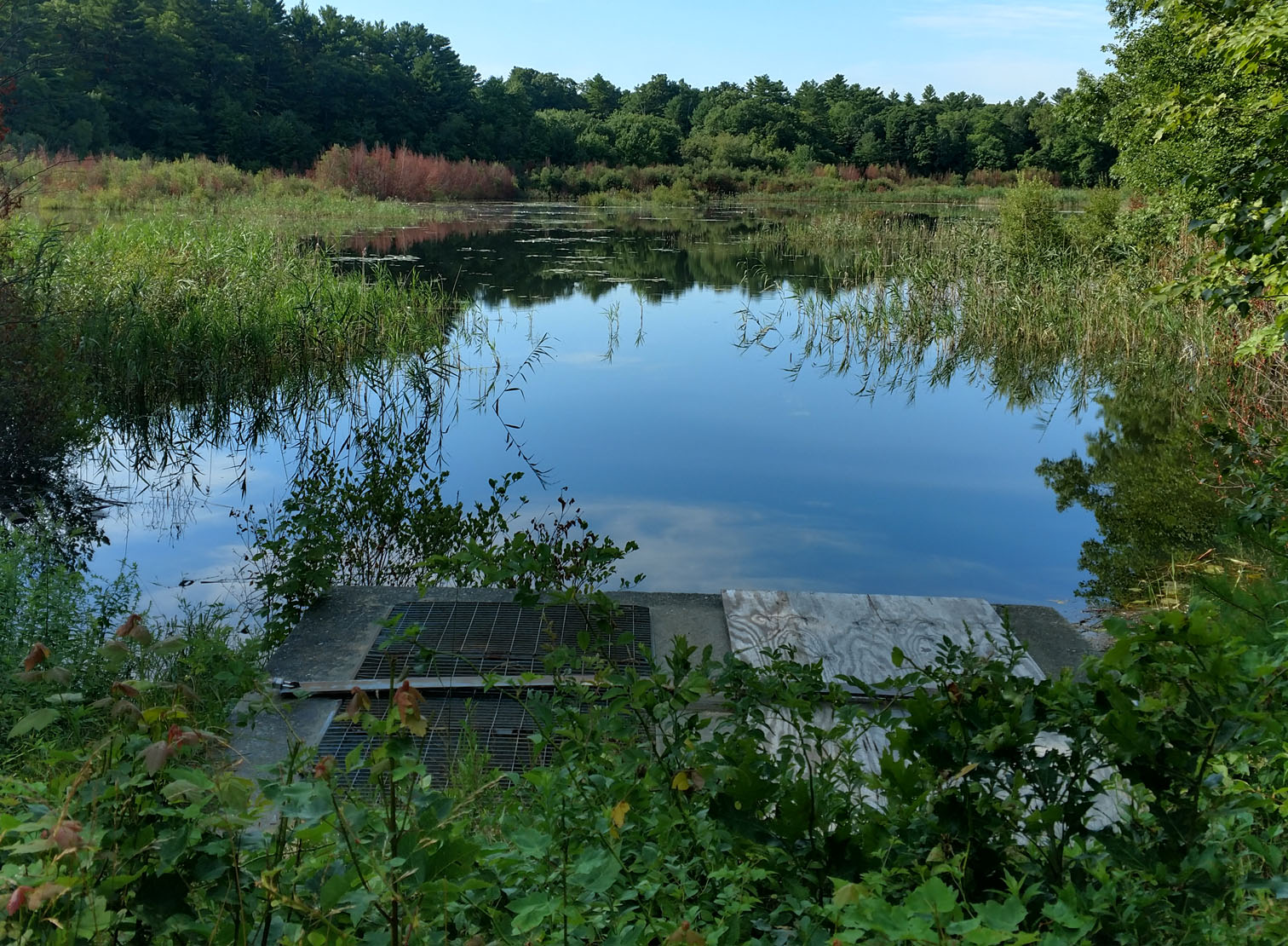
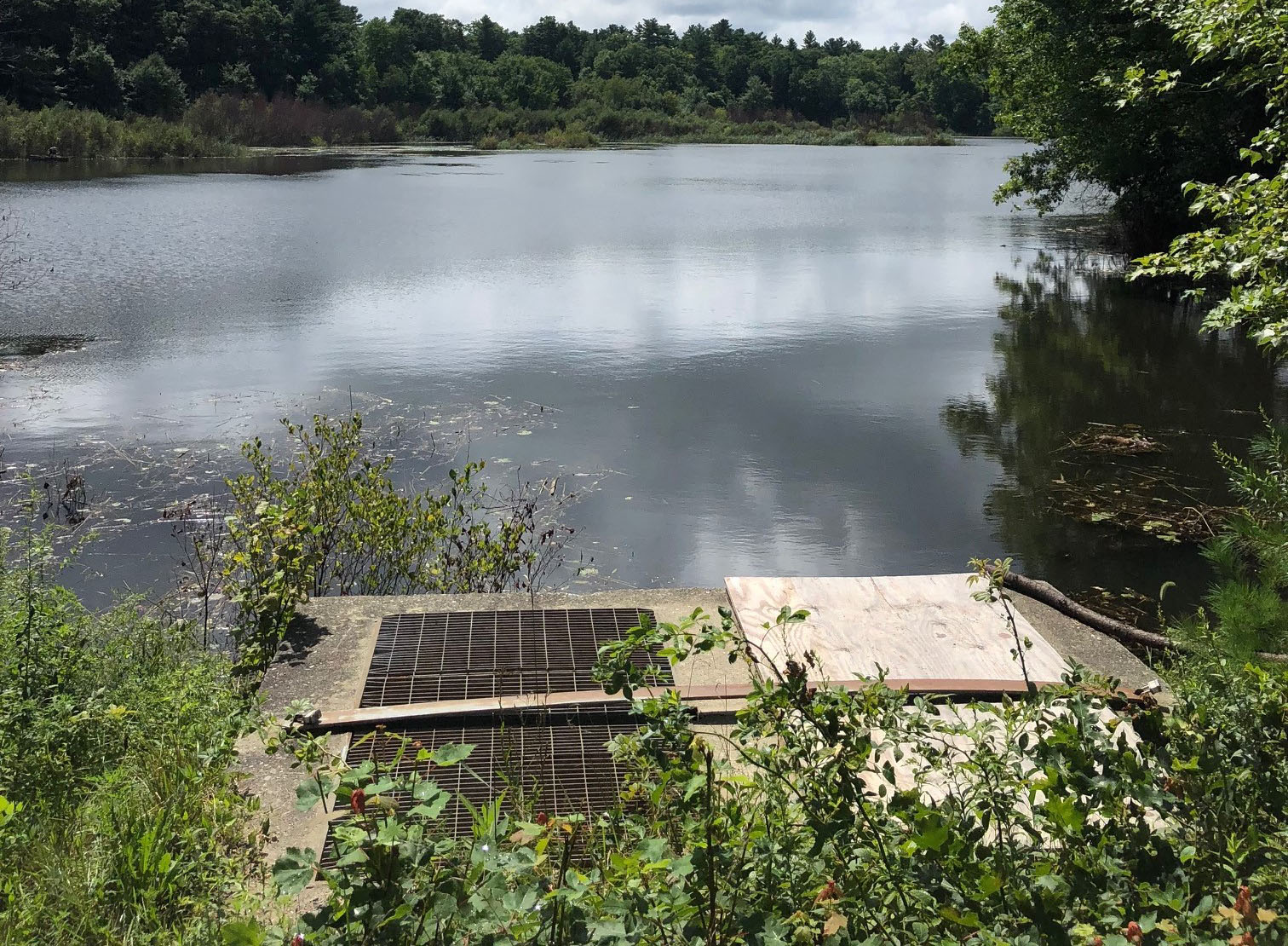
Why Hydro-Raking Could Be The Best Choice For Your Stormwater Pond:
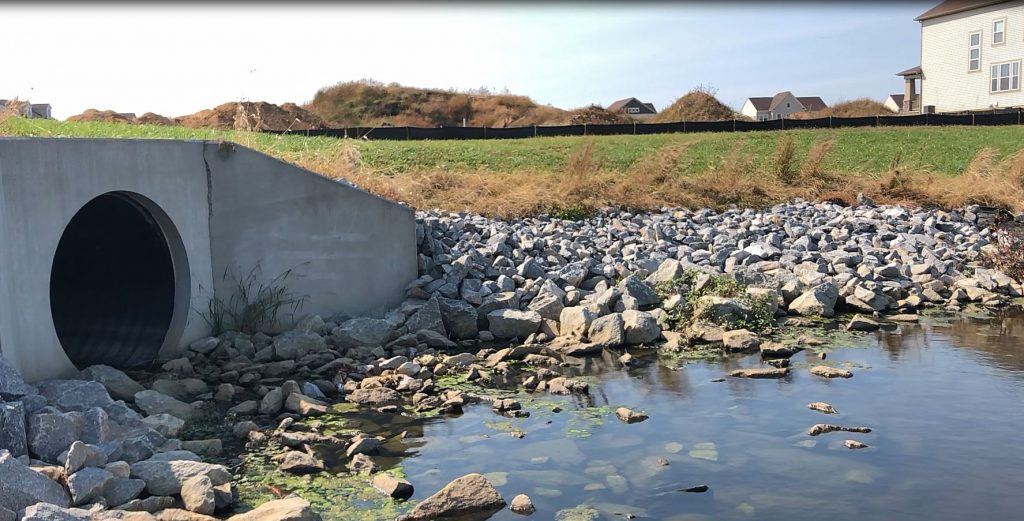
Stormwater Runoff
Urban runoff enters a pond through a series of stormwater drains leading to underground pipes. The majority of the water is then left within the stormwater facility, allowing suspended particulates to settle and pollutants to break down through microbial activity and plant uptake. The water is then slowly released from an outflow pipe, positioned higher than the inflow pipe, to a nearby waterbody or stream. This has proven to be an efficient technique, with a detectable decrease in pollutants shown and a natural outflow rate achieved.
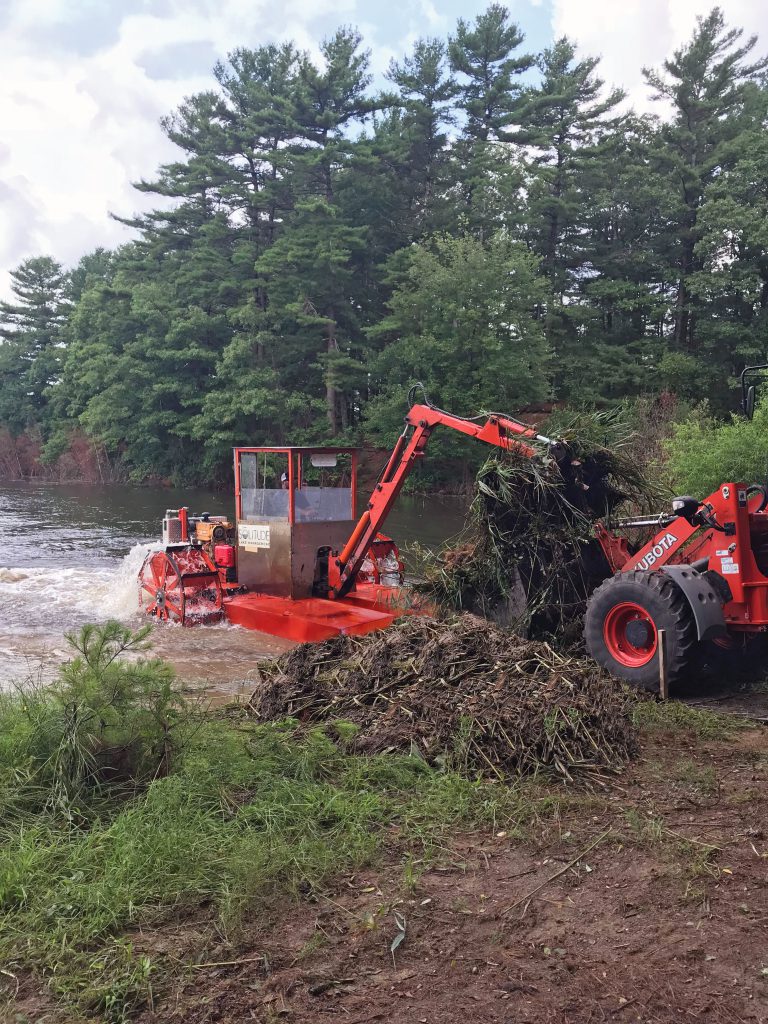
Mechanical Hydro-raking Restores Pond Depth
Over time, as the retention pond continually cycles the surrounding stormwater runoff, the organic layer along the pond’s bottom increases – inevitably requiring maintenance. Mechanical hydro-raking is an ideal management option often utilized to remove the accumulated organic material settled along the benthic layer. The hydro-rake can restore pond depth to its original depth and volume, resulting in increased overall function and flood retention capabilities. In addition to restoring the function of the pond, the hydro-rake can aid in the removal of organic matter that may be blocking the inlet or outlet structure.
The hydro-rake requires a minimum of 1.5 feet of water to operate efficiently, and can successfully remove trash and organic materials ranging from a few inches to a maximum of 10 feet. Each rake is capable of lifting approximately 500 pounds of matter in one scoop. The duration of each hydro-rake project varies widely depending on the unique ecosystem and specific management objectives.
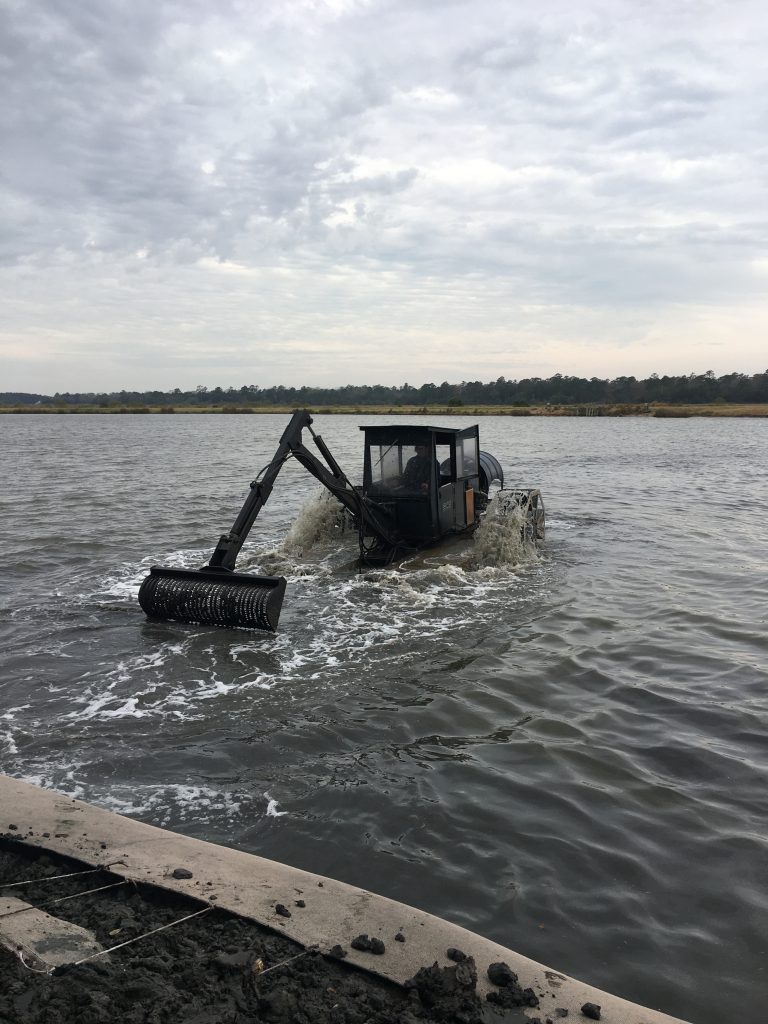
The Economical & Ecological Alternative To Dredging
Hydro-raking is a more ecological and economical alternative to lake and pond dredging, which is one of the costliest projects a pond owner will ever face that can take years to budget for. Hydro-raking is also valued for its ability to operate without affecting shoreline stabilization. Having a backhoe and the capacity to float allows the hydro-rake to off-load material up to 6 feet from the water’s edge. It can then be transported off-site to a compost facility or used for shoreline restoration with the use of SOX Solutions. Furthermore, the hydraulic system of the hydro-rake is powered by bio-fluid, which is a renewable, bio-degradable, and non-toxic substance.
Create Your Plan
Stormwater ponds are valued assets to communities and their flood retention capabilities are unparalleled. When the time does come to remove accumulated sediment from your pond in order to keep it functioning properly, consider hydro-raking as an environmentally and budget-friendly solution. For now, remember that an annual lake or pond management plan can help prolong the need for these costlier expenses to your stormwater facility.









